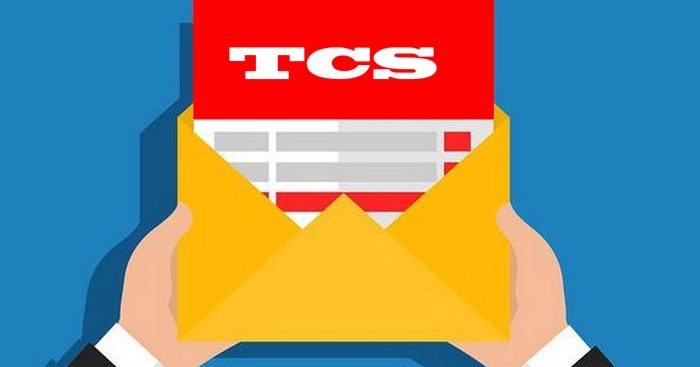In order to widen and deepen the tax net, Finance Act 2020 has inserted sub-section (1H) under section 206C, to provide that every person being a seller of any goods of the value or aggregate of such value exceeding fifty lakh rupees in any previous year, other than the goods covered in sub-section (1) or sub-section (1F) or (1G), section 206C to levy TCS on sale of goods. The provision is applicable from 1 October 2020.
To whom Applicable?
Every person,
- being a seller,
- who receives any amount as consideration,
- for sale of any goods
- of the value or aggregate of such value exceeding fifty lakh rupees in any previous year,
at the time of receipt of such amount, collect from the buyer, a sum equal to 0.1 per cent of the sale consideration exceeding fifty lakh rupees as income-tax.
Thus, only those sellers whose total sales, gross receipts or turnover from the business carried on by it, exceed ten crore rupees during the financial year immediately preceding the financial year, shall be liable to collect such TCS.
When not Applicable?
The Section shall not be applicable in the following cases:
- If Gross Turnover/Sales/Receipts of the assessee(seller), during immediately preceding FY is less than Rs.10 Crores.
- If the sale consideration received from the buyer is less than Rs. 50 lakhs (the consideration to be computed basing PAN not GSTIN).
- In case the sale is made to the Central Government, a State Government, an Embassy, a High Commission, legation, commission, consulate or any trade representation of a foreign State OR a local authority or such other person as may be specified.
- In case the transaction is covered by TDS under any other section.
- In case goods being sold are covered by
- Sec 206C (1) which covers – alcoholic liquor, tendu leaves, timber, forest produce other than timber and tendu leaves, scrap, minerals like coal or iron ore OR
- Sec 206C(1F) which covers – motor vehicles exceeding Rs. 10 lakhs in value OR
Sec 206(1G) wherein remittance is being made outside India and TCS is being collected by Authorised Dealer for the same.
Rate of TCS?
| PAN / AADHAAR furnished | Up to 31st March 2021 | From 1st April 2021 |
| YES | 0.075% | 0.1% |
| NO | 0.75% | 1% |
Other points:
- As Section 206(1H) is Applicable from 1st of October 2020, only amount received for sales made after 1st October 2020 is liable for TCS
- If credit sale is made before 01st October 2020 but its receipt is made after 01st October 2020, then, such payment is to be covered under the limit of Rs. 50 lakhs.
- The CBDT vide Circular No. 17, dated 29-09-2020, has clarified that since the collection is made with reference to receipt of the amount of sale consideration, no adjustment on account of indirect taxes including GST is required to be made for the collection of tax under this provision. Thus, TCS is required to be collected on the sale consideration inclusive of GST.
- Every Seller needs to change Invoice format to include line item for TCS Amount.
- As TCS needs to be deducted on amount received there will be yearend cases of sales for which amount not received. In such scenarios, need to reconcile TCS liability with Turnover will arise. Also, this may result in extra Working Capital requirement.
- CBIC clarified through Corrigendum to Circular No. 76/50/2018-GST dated 7th March 2019 that amount of TCS will not be included in the total value of goods for computation of the GST.
Contributors: Mayank Bansal; Shipra Walia

